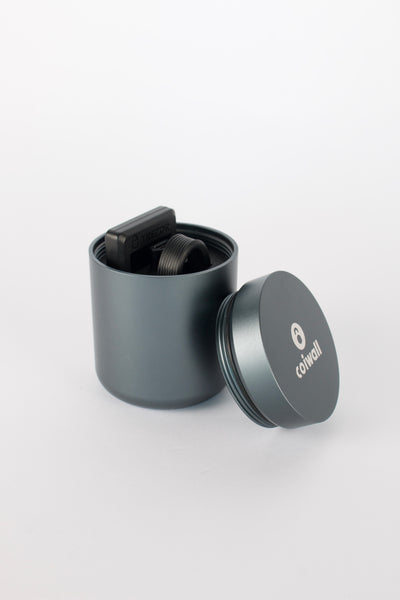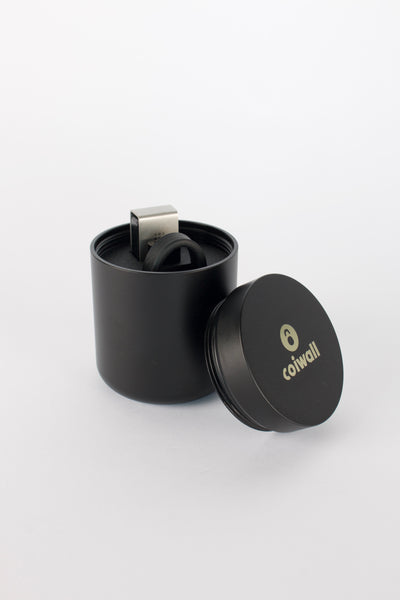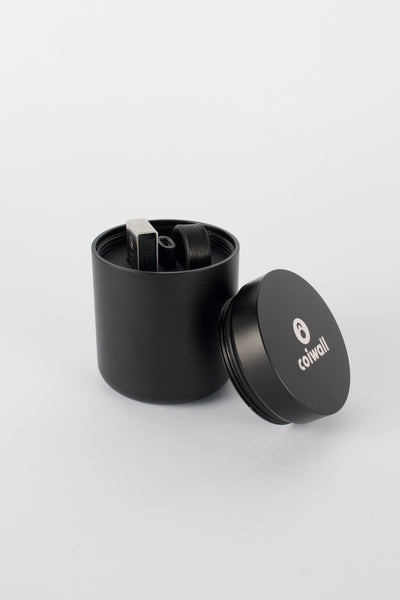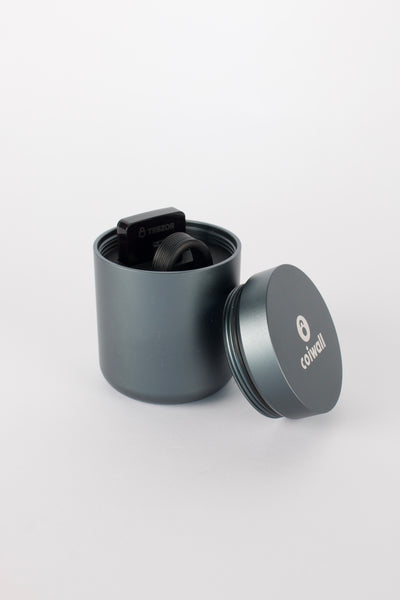You know how shopping at a busy market makes you want to haggle for the best deal? Well, limit orders in cryptocurrency trading are kind of like that, except you let technology do the haggling for you. Let’s break down what a limit order is, why it can be your best friend (or worst enemy) as a trader, and how it all plays out when you’re managing digital assets on platforms like Binance, Coinbase, or even using hardware wallets like Ledger and Trezor.
The Little Secret Behind Limit Orders
At its core, a limit order is your way of saying, “I’ll buy (or sell) this asset, but only if I get the price I want.” Imagine deciding you’ll only buy ETH if it drops to a specific number or that you’re only willing to part with your Bitcoin if someone steps up with an offer that hits your target. With a limit order, you set that price, plant your flag, and wait to see if the market comes to you. There’s a bit of hope, a sprinkle of patience, and sometimes, a twinge of regret if the price never reaches your target. But hey, that’s just the game.
The Mechanics (Without the Mess)
Let me explain. A limit order sits quietly on the exchange, waiting. If the market price hits your limit, the exchange matches you with a willing buyer or seller. For a buy limit order, the transaction triggers only when the price drops to or below your set amount. For a sell limit order, your crypto sells if the price rises to or above what you’ve decided is good enough. It’s a bit like putting your phone on silent—you only respond if you get the message you care about.
Here’s the thing: Limit orders are not promises—they’re invitations. The exchange doesn’t guarantee your trade will happen, just that it’ll only happen at your price or better. Sometimes that’s exactly what you want, especially in the wild swings of crypto markets.
Examples (Because A Little Real Life Goes a Long Way)
- Buy low, rejoice later: If ETH is trading at $3400 but you want to get in cheaper, place a limit buy at $3200. If the price dips, you snag it. If it doesn’t, well, you’re left window shopping.
- Sell high, sleep easy: Let’s say you hold Cardano and would part ways at $0.75, even though it’s currently at $0.65. You put in a sell limit at your sweet spot and wait for the rally.
Market Orders vs. Limit Orders: Like Running vs. Waiting for the Bus
Setting a limit order isn’t the only way to place trades. You could use a market order, which is the trading equivalent of just jumping into the fray and taking whatever price you can get right now. It’s fast, sure. But you might not get the price you wanted.
- Market Order: You get in instantly. No guarantees on the price; it’s like grabbing the first taxi you see instead of waiting for a cheaper ride share.
- Limit Order: You’re patient, precise, maybe a little stubborn, but you get only the deal you want.
In a wild crypto market, that little bit of price control can make a big difference, especially when dealing with big positions or sharp moves.
Where Limit Orders Live: Exchanges and Hardware Wallets
Most of the action happens on exchanges such as Binance or Coinbase, where you can set up limit orders with a couple of clicks. But what about hardware wallets like Ledger or Trezor? These wallets are primarily built for security—they store your private keys offline and keep them away from hackers. They don’t natively place limit orders on their own, but you can connect them to compatible services or third-party exchanges and use them to authorize trades. That way, your crypto is safe and you’re still in control of your trading strategy. Kind of like having your cake and eating it too (without the calories).
Limit Orders 101: Must-Know Tidbits and Rookie Blunders
- Not Guaranteed to Execute: Just because you set a limit order doesn’t mean it’ll get filled. If the price never touches your target, you’re left out. Some traders get too ambitious and set limits way outside the reasonable market range—the order just sits there, gathering dust.
- Partial Fills Happen: Maybe the price hits your limit, but only part of your order gets filled because there weren’t enough counterparties. That can be frustrating but it’s normal on busy or thinly traded markets.
- Timing Matters: Limit orders can be Good-Til-Cancelled (GTC), meaning they stay open until filled or you cancel, or they can expire at the day’s end if not filled. Pick what works with your strategy—and memory.
- Funny Mistakes: Beginners sometimes mix up buy and sell limits, or accidentally set a buy limit above the current price (which usually results in an instant market order). Double-check before hitting confirm!
Pros and Cons: The Good, The Bad, and The Occasional Ugly
- Control: You only pay or get paid what you want. It feels empowering.
- Protection from Swings: In rollercoaster markets, you avoid panic buying or selling.
- Patience Pays—Or Doesn’t: Sometimes, patience means missing the boat. While you waited for your limit, the price sailed right past and never looked back.
- No Guarantees: Even if the price touches your limit, there’s no guarantee on full execution. Other traders might get ahead in the queue.
A Few Analogies for the Road
Think of a limit order like fishing: you cast the line at a specific depth, hoping the right catch swims by, but sometimes you just wait... and wait. Or picture booking a hotel—do you reserve at a set price, hoping for a flash sale, or do you just grab a room at whatever’s available? Limit orders let you reserve, but sometimes the sale never comes.
Getting Savvy: How Pros Use Limit Orders
Traders—especially the cautious or the methodical—lean on limit orders to build up positions over time without chasing prices. Some folks even layer multiple laddered limit orders (buy at 3 or 4 prices beneath the market) to average into a dip or scale out into a rally. Others set stop-limit combos for downside protection while still chasing upside. There’s an art to it, and a bit of practice goes a long way.
Current Trends: Automation, APIs & Hardware Wallet Connections
More traders are combining smartphone app alerts, API trading bots, and hardware wallets to streamline limit orders while keeping funds safe. Security-conscious users might connect their Ledger or Trezor wallet to trading terminals like MetaMask or decentralized exchanges where limit order functionality is available. And yes, exchanges are getting smarter about letting you fine-tune order “timers,” partial fills, and notifications.
Don’t Forget: Emotional Control Matters Too
You know what? Setting a good limit order isn’t just technical—it’s emotional. It’s about knowing when to hold your ground and when to adjust your expectations. The real trick is not letting FOMO or fear push your finger to the wrong button. If you ever notice yourself glued to the price chart, remember: sometimes waiting is the boldest move in crypto.
So next time you place a limit order on Binance, confirm a trade with your Ledger, or just dream about buying the dip, know that you’re playing a strategic game—a little bit tactical, a little bit philosophical, and always worth staying curious about.











